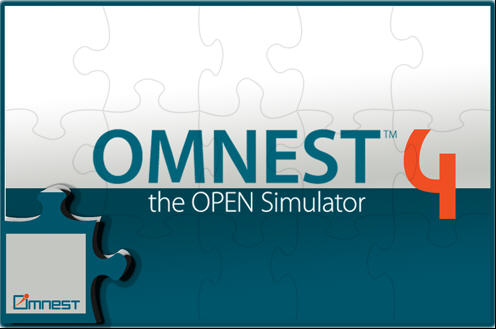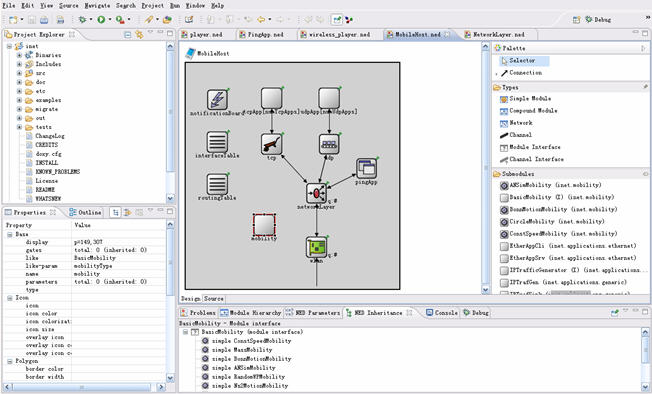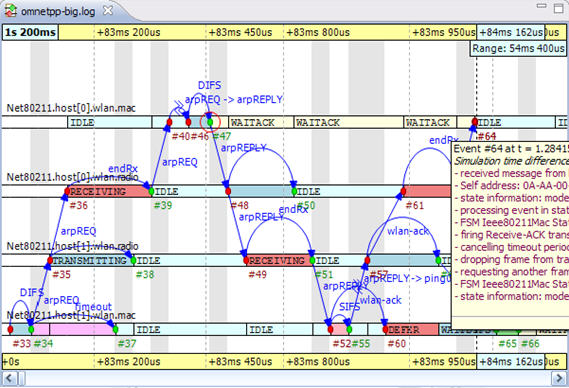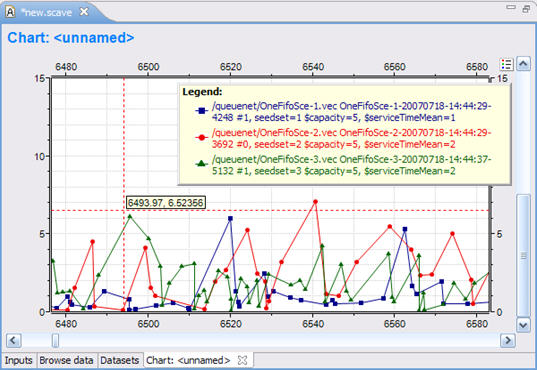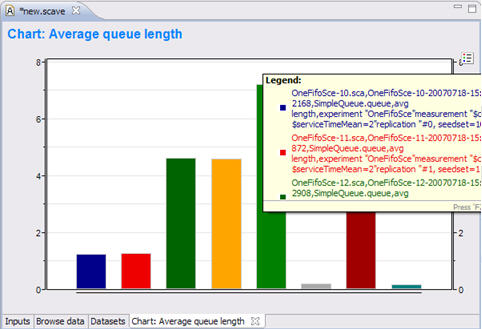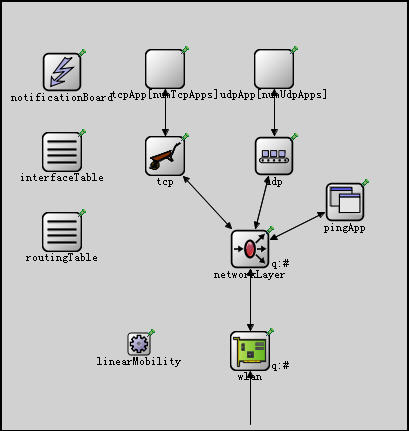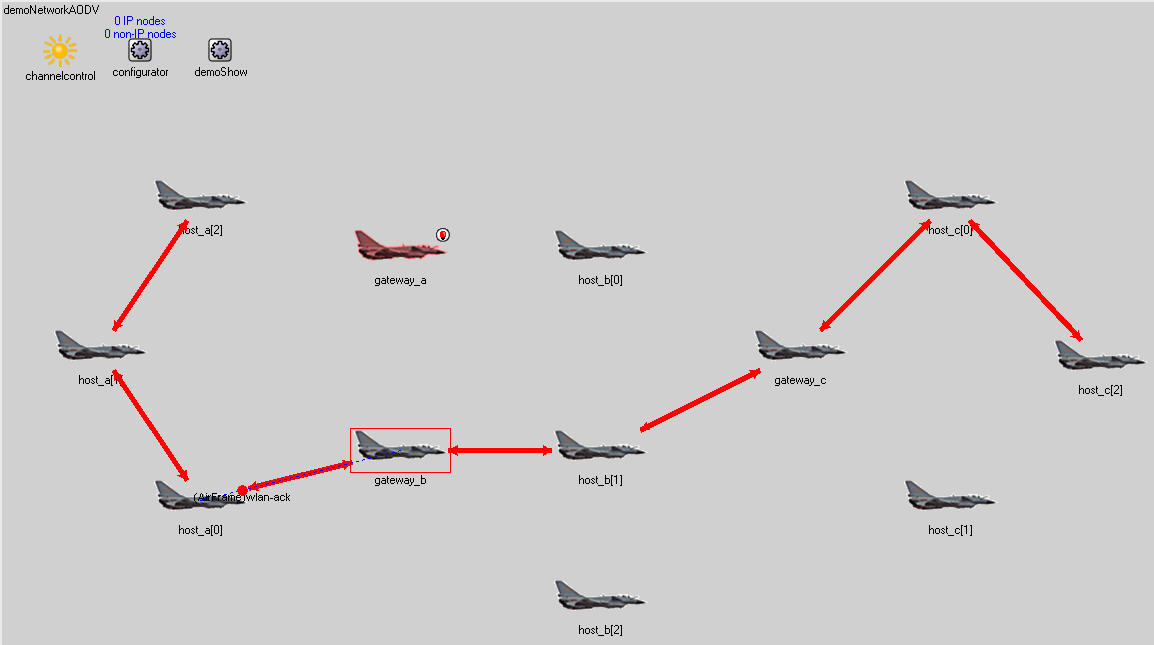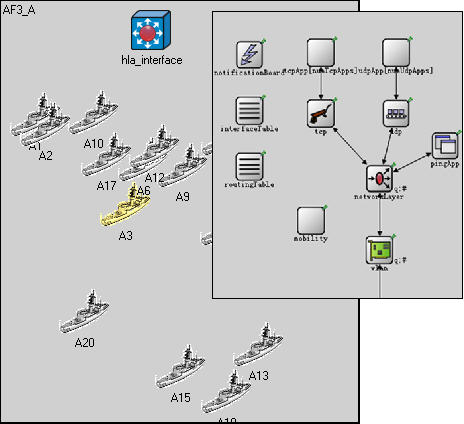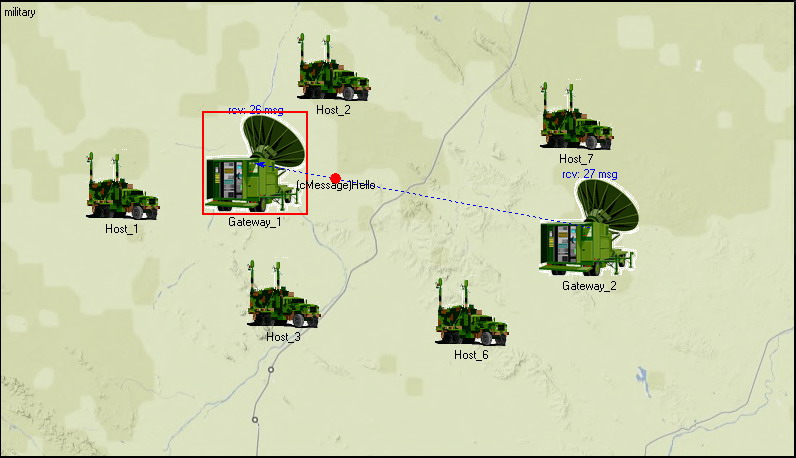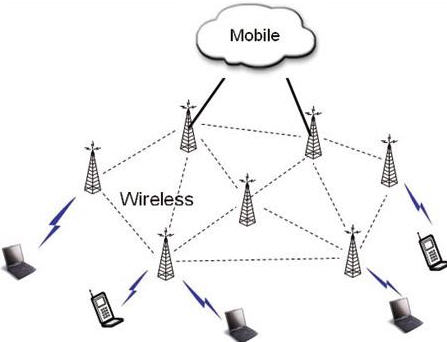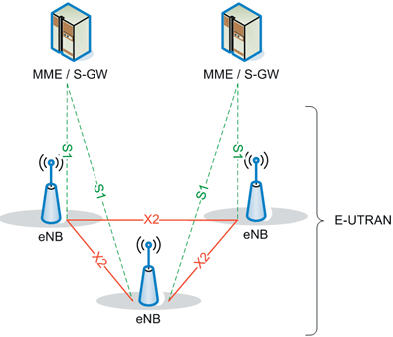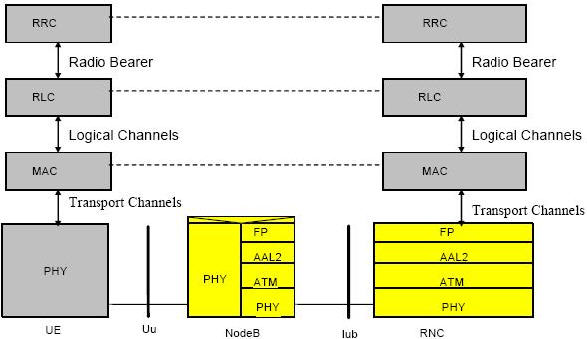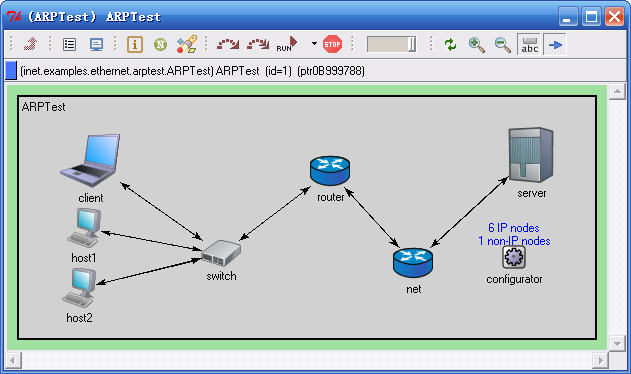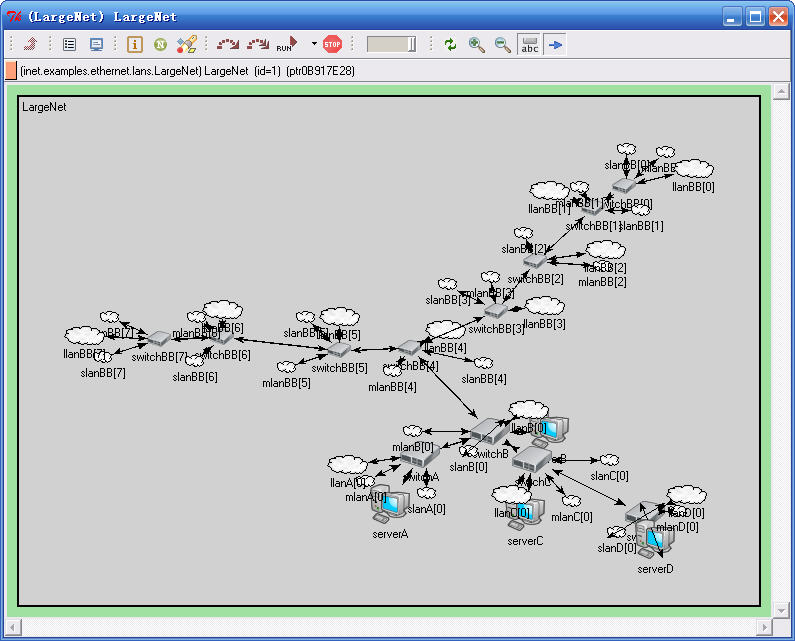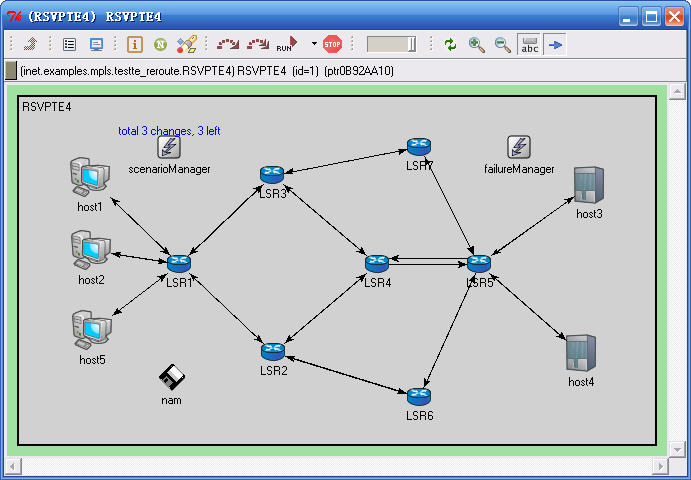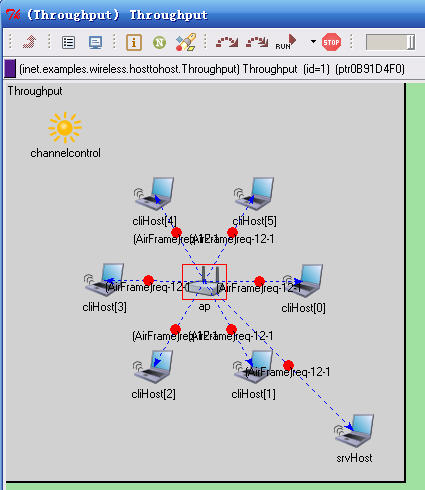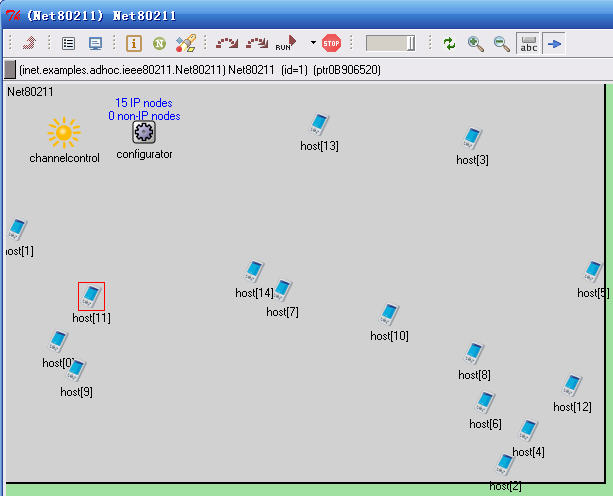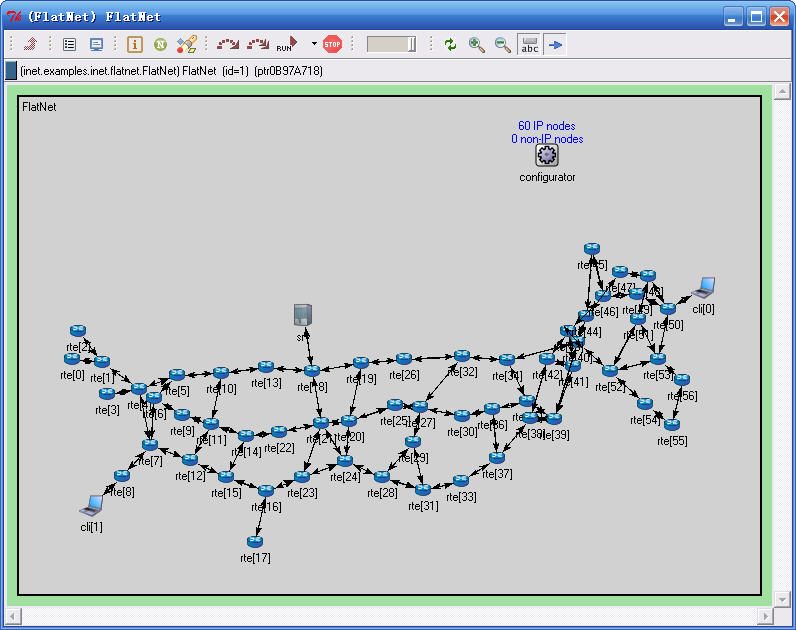
Overview
OMNEST is used by researchers and R&D engineers worldwide to investigate various scenarios and design alternatives: architectural designs, wireless and wired protocols and networks, queueing-based and other systems. OMNEST lets you build and evaluate simulations in a world-class integrated Simulation IDE, and you can also embed simulations in your own software products.
OMNEST is the commercial version of the OMNeT++ simulation environment, which is well known and widely used in academic and research communities.
Application Fields
▪ INET Framework - supports ad-hoc, wireless and wired (LAN, WAN) simulations(802.11,Ethernet,
TCP, IP, IPv6, OSPF, MPLS, RSVP, and other protocols)
▪ OverSim- for overlay and peer-to-peer networks (based on INET)
▪ Mobility Framework- for wireless mobile and ad-hoc networks
▪ MiXiM - for wireless mobile and ad-hoc networks (successor of Mobility Framework)
▪ Castalia- a wireless sensor network (WSN) simulator developed at NICTA Australia
▪ PAWiS- Power Aware Wireless Sensor Networks Simulation Framework
▪ NesCT- for simulating wireless motes running TinyOS
▪ SimSANs- for simulating Storage Area Network
▪ Existing protocol models can be freely combined to form hosts and network devices
Features
▪ Hierarchical, component-based modelling
You build models from self-contained components using a high-level declarative language (NED),
with arbitrary levels of nesting. Use the graphical editor or your favourite text editor.
▪ C++-based, high performance simulation kernel
Atomic components are programmed in C++, using a well-defined API to the simulation library.
The use of C++, together with the streamlined simulation kernel, provides high event/sec
throughput.
▪ Wide range of applicability
OMNEST/OMNeT++ has proven itself in the simulation of queuing networks, business processes
and high-level architectures. In the academia, it is mostly used for simulating wired and wireless
communication networks.
▪ Models are self-documenting
The documentation tool generates high-quality documentation from commented model source
code, with diagrams, tables and cross-references. Integrates well with the Doxygen C++
documentation tool.
▪ Source code is provided
Well-documented source code to increase your understanding, help debugging, and enable
modifications is provided
▪ Standards support, open interfaces
Input and output can be plain text and/or XML, making it easy to process with 3rd party tools.
Database integration is also possible.
▪ Graphical tools for simulation building and evaluating results
Apart from the GUI, command line, batch and API access is provided to all features, allowing for
extremely versatile and powerful simulation control and management.
▪ Powerful GUI for tracing, debugging and animating your simulations
In addition to animation and sophisticated logging, you can peek into objects and variables in the
C++ code, even change them on the fly.
▪ Responsive and expert support
Your requests are answered directly by the developers, not by techsup personnel.
Cases Studies
▪ Embeddable simulation kernel
The simulation kernel can be embedded into 3rd party products as a C++ class library. See our
References for companies who have already done that.
▪ Parallel simulation
Parallel simulation on clusters or multiprocessors, with MPI and powerful conservative
synchronization. Using named pipes or other communication means instead of MPI is also
possible.
▪ Real-time and hardware-in-the-loop simulation
▪ SystemC integration
Allows for mixing OMNEST and SystemC modules in the same simulation program (for OMNEST
4.0; please request separately).
▪ HLA support
Allows for connecting OMNEST with other simulators via HLA / IEEE 1516. (for OMNEST 4.0;
please request separately).
▪ Network emulation capabilities
Available as part of model packages like the INET Framework.
▪ Extensibility
C++ plug-in interfaces are made available to customize various aspects of the simulation kernel.
▪ Database support
Network topology and model configuration may come from a database, and results can be
recorded into a database -- without changing a line in the model itself.



